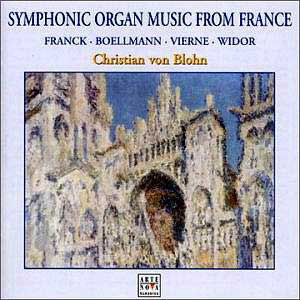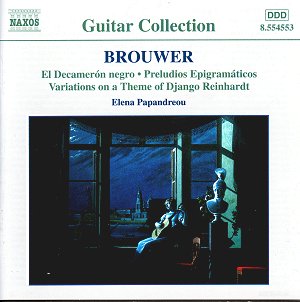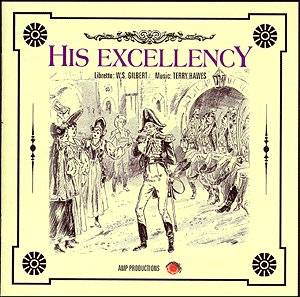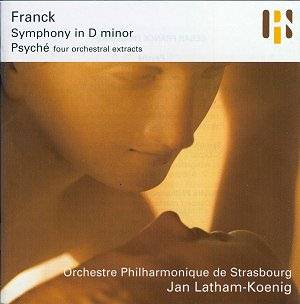 Composer: Symphonic
Composer: Symphonic
Works: Suite Gothique (Boëllmann), Prélude, Fugue et Variation (Franck), Choral No. 3 in A minor (Franck), Choeur de Voix Humaines (Lefébure-Wély), Carillon de Westminster (Vierne), Litanies (Alain), Prélude & Fugue sur le nom d’Alain (Duruflé), Andante Sostenuto (from Symphony No. 9) (Widor), Toccata (from Symphony No. 5) (Widor)
Performers: Christian von Blohn (organ)
Recording: Hildegardkirche, St Ingbert, 2001
Label: Arte Nova Classics 74321 85287 2
The French symphonic organ repertoire is a rich tapestry of color and texture, intricately woven by composers who have mastered the instrument’s unique capabilities. This recording by Christian von Blohn offers a diverse selection from the late 19th and early 20th centuries, showcasing works by the likes of César Franck, Maurice Duruflé, and the often-overlooked Léon Boëllmann. Each piece presents a distinct facet of the French organ tradition, which is marked by its lush harmonies and dramatic sonorities. The Hildegardkirche organ, restored to its 1933 specifications, serves as a fitting vehicle for these compositions, yet the interpretations presented here prompt a nuanced discussion on the efficacy of execution versus the inherent challenges of the organ itself.
Von Blohn’s performance of Franck’s Prélude, Fugue et Variation reveals an admirable poise, particularly in the use of delicate oboe and flute stops that create an ethereal quality. The phrasing is executed with remarkable refinement, allowing the melodic lines to unfold with clarity. However, the interpretation also raises questions about dynamic balance; while the softer passages are beautifully rendered, the climaxes, while grand, occasionally verge on bombast. This tension is similarly felt in the Prélude & Fugue sur le nom d’Alain by Duruflé, where von Blohn’s light touch and evenness in the passage-work are commendable, yet one might argue that a greater dramatic arc could have been achieved through more pronounced contrasts in tempo and dynamics.
The recording quality merits particular attention. The sound engineering captures the organ’s complex tonalities with fidelity, allowing the listener to appreciate the subtleties of registration. However, when the bombarde department is fully unleashed, as in the closing bars of Vierne’s Carillon de Westminster and Alain’s Litanies, the sound can become overwhelming, resulting in a murky amalgamation of notes that obscures the intricate counterpoint. This lack of clarity can detract from the listener’s ability to appreciate the compositional detail, a critical element of these works.
A comparison to other notable recordings, such as those by the legendary Marie-Claire Alain or the more recent interpretations by Olivier Latry, highlights the challenges faced by von Blohn. While Alain and Latry balance the organ’s power with a keen sensitivity to musical texture, von Blohn’s performances occasionally lean towards a ponderousness that can diminish the energetic flow of the pieces, particularly in his accounts of Boëllmann and Vierne. Conversely, his interpretation of Alain’s Litanies, though brisk, sacrifices some of the piece’s meditative qualities for the sake of brilliance, a common pitfall in this repertoire.
The disc’s inclusion of Lefébure-Wély’s Choeur de Voix Humaines serves as a light-hearted interlude, showcasing a playful charm that is undeniably engaging, despite its somewhat banal character. It offers a moment of comic relief, grounding the listener before returning to the more serious textures of Franck and Duruflé.
Christian von Blohn’s interpretations are marked by technical proficiency and a commendable understanding of the French symphonic organ tradition. Yet, the overall effectiveness of this recording is undermined by moments of over-exuberance and a lack of clarity in the grander passages. The organ, while a magnificent instrument, requires a delicate balance to ensure that its vocal-like qualities are not lost amid its formidable power. Those with a deep affinity for the French organ repertoire will appreciate the artistry displayed here, but a more discerning listener may find themselves wishing for a greater depth of interpretation and a clearer sonic picture. The recording ultimately stands as a testament to the vibrant tradition of French organ music, yet it also highlights the ongoing challenge of capturing its essence in performance.



